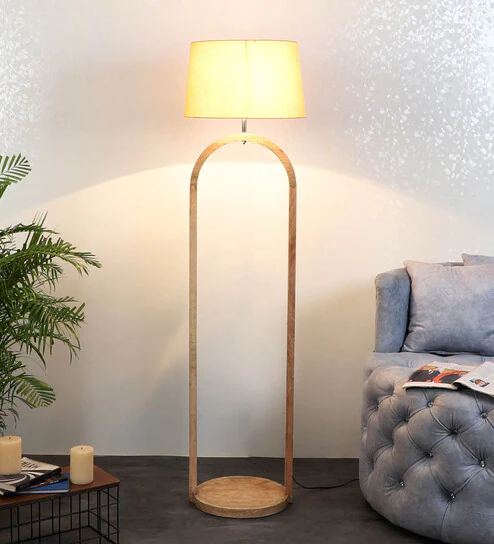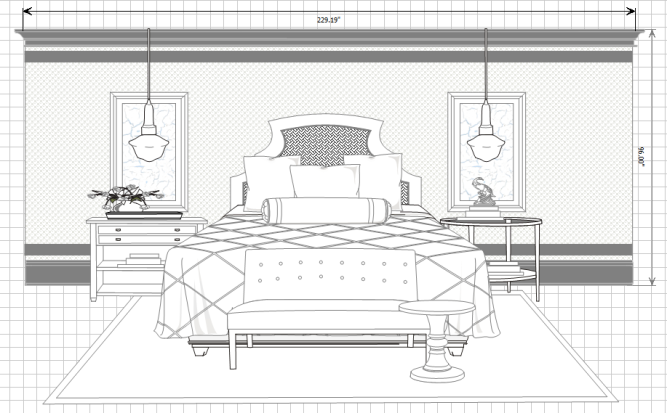Things You Need in a Garden Irrigation System
If you are in the market for a garden irrigation system, you need to know what type of soil your plants prefer. This will help you choose watering irrigation heads for your plants and hoses that are equipped with the appropriate amount of water. The following are some things you need to look for in a garden irrigation system. To avoid wasting water, choose an efficient system that is easy to use. Read on to learn how to choose the best garden irrigation system for your needs.
Choose an adjustable hose. The flexible hose allows for easy adjustment and a wide range of spray patterns. You can also find nozzles that provide different types of misting, such as atomizing and fountain nozzles. The nozzles will allow for a more precise flow of water, so that your plants receive the moisture they need. You can also select the type of water your plants need by choosing from the available nozzles.
A simple watering system will be easy to install. A five gallon bucket can be used as the water supply. The water line is connected to an outdoor faucet, so that you can easily disconnect it when not in use. Once installed, a garden irrigation system will be simple to install and can cost less than $10. Make sure you have all the parts and materials available beforehand, as it will save you time and money. You can even customize the system and add a timer to ensure you don’t over water your plants.
There are several types of garden irrigation systems. Some are DIY projects, and they are quite easy to put together. The materials you need are inexpensive, and the process is simple and quick. For starters, you’ll need a dripper to water your plants, a pipe reducer coupling, a hose, and some silicone caulk. To avoid damage caused by sand, you can use a rubber mallet to fit the hose adapter.
If you’re in the market for a garden irrigation system, the main difference between drip irrigation systems and the others is how they work. Drip irrigation systems deliver water directly to the roots of your plants without wasting water, and they don’t have the same environmental impact. Besides saving on water, drip irrigation systems are also very effective for flower beds, vegetable patches, and container gardens. In addition to being easy to install and maintain, a drip irrigation system can also help reduce water waste.
To use a drip irrigation system, your system must run for eight to nine hours every week. If you grow large fruit and vegetable crops, such as melons and grapes, your system will need to run for 12-14 hours. For a garden that needs to be watered for more than eight hours per day, it’s best to use a sprinkler system with more emitters. If you have a well and want to water your garden, you should also install a walkway. Walkways will save 50% of the water you need for your plants.











